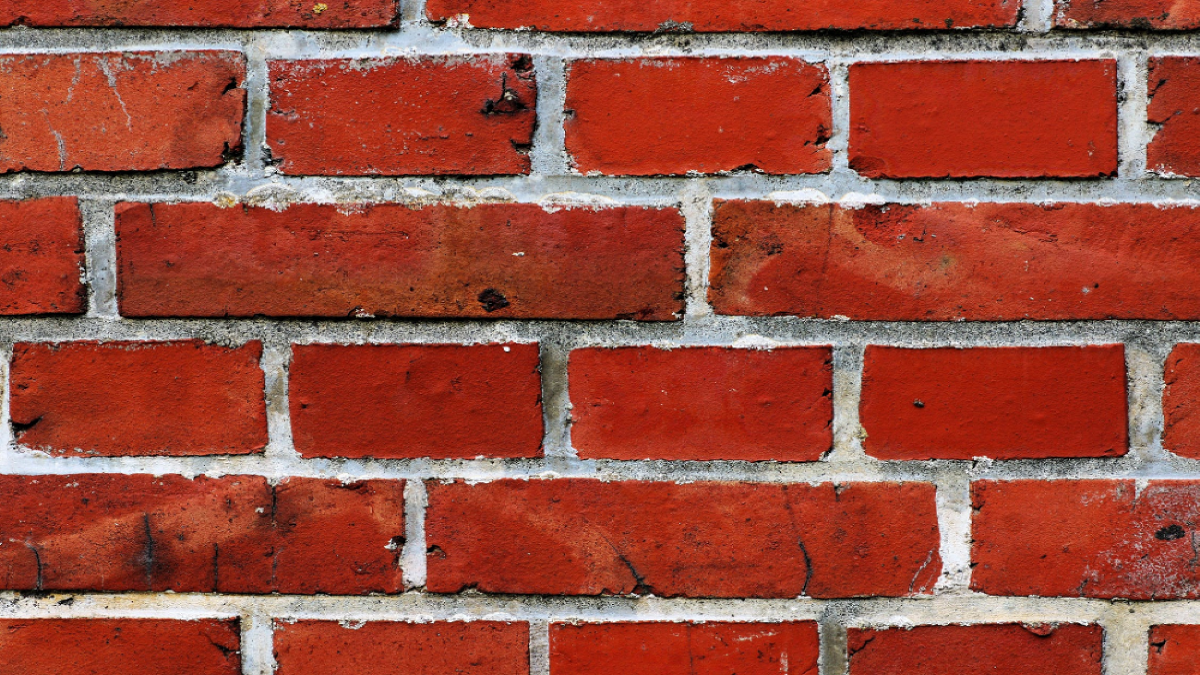Okay, so I was messing around in my workshop the other day, trying to figure out something about bricks. You know how some materials get hot super fast and others don’t? Like, you touch a metal spoon in hot soup, and bam, you burn your fingers. But a wooden spoon? Not so much. That’s all about something called thermal conductivity.
I got curious about how bricks stack up in this whole heat-transfer game. I mean, they’re used to build houses and all, so they must do a decent job of keeping the heat in or out, right?

So, I did what any curious person would do – I started digging around. Found some articles talking about this thing called “thermal conductivity.” Basically, it’s a measure of how easily heat flows through a material. For bricks, it seems like they’re not the best at conducting heat, which is a good thing when you think about it.
My Little Experiment
I grabbed a few different types of bricks I had lying around from old projects – some regular red clay bricks, a couple of those concrete ones, and even a fancy-looking firebrick. My goal? To see how quickly they heated up and cooled down.
Now, I ain’t no scientist with fancy equipment, but I rigged up a simple setup. I used a hot plate to heat one side of the brick and a regular thermometer to measure the temperature on the other side. Not exactly high-tech, but it did the trick.
- First up, the red clay brick. I heated one side and started my timer. It took a while for the heat to travel through to the other side. The temperature rose gradually, but it wasn’t like touching a hot pan or anything.
- Next, the concrete brick. This one heated up a bit faster than the clay brick, but still not super fast. I guess that makes sense, concrete’s a bit denser, right?
- Lastly, the firebrick. This thing was designed to handle high temperatures, so I expected it to be different. And it was! It took the longest for the heat to get through, and the temperature change was the slowest.
What I Learned
My little experiment confirmed what I read – bricks, in general, are pretty bad at conducting heat. They’re more like insulators, trapping heat instead of letting it flow freely. The firebrick was the best insulator of the bunch, which makes sense since it is made for high-heat situations.
This got me thinking about how this applies to houses. If your walls are made of brick, they’re gonna help keep your house cool in the summer and warm in the winter because they don’t let heat pass through easily. Pretty neat, huh?
Of course, there’s more to the story, like the thickness of the bricks, the type of mortar used, and a bunch of other factors. But overall, it seems like bricks are a pretty solid choice for building, at least when it comes to keeping the temperature comfy inside.

Anyway, that’s my little brick adventure. I just wanted to share what I found out. Maybe it’ll make you think twice the next time you see a brick wall!

